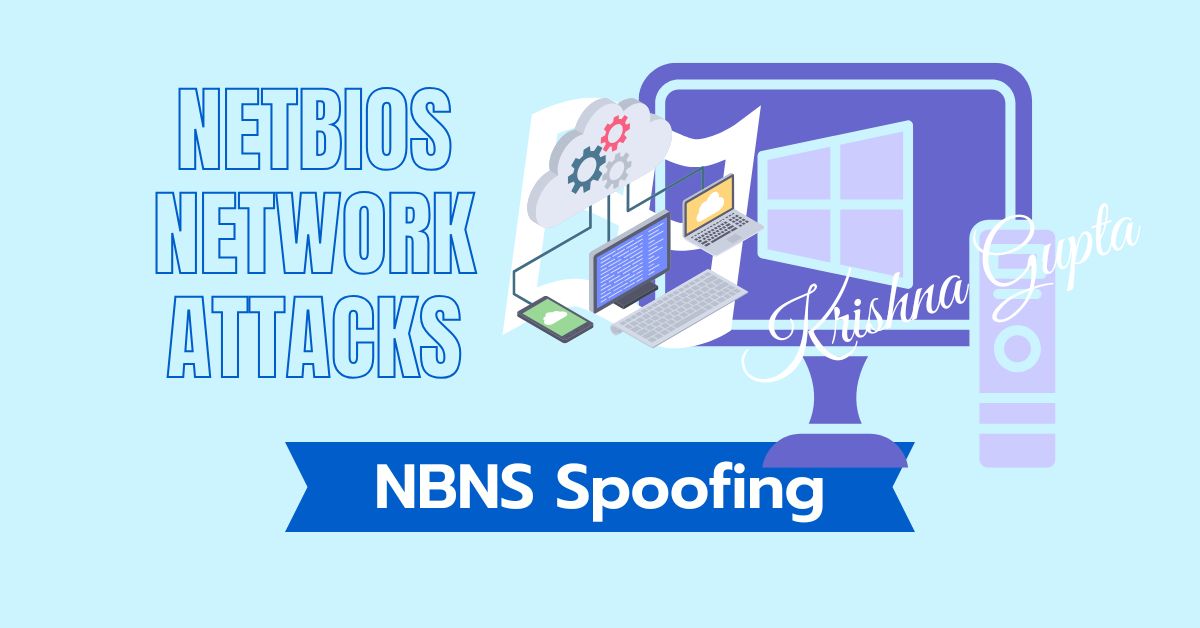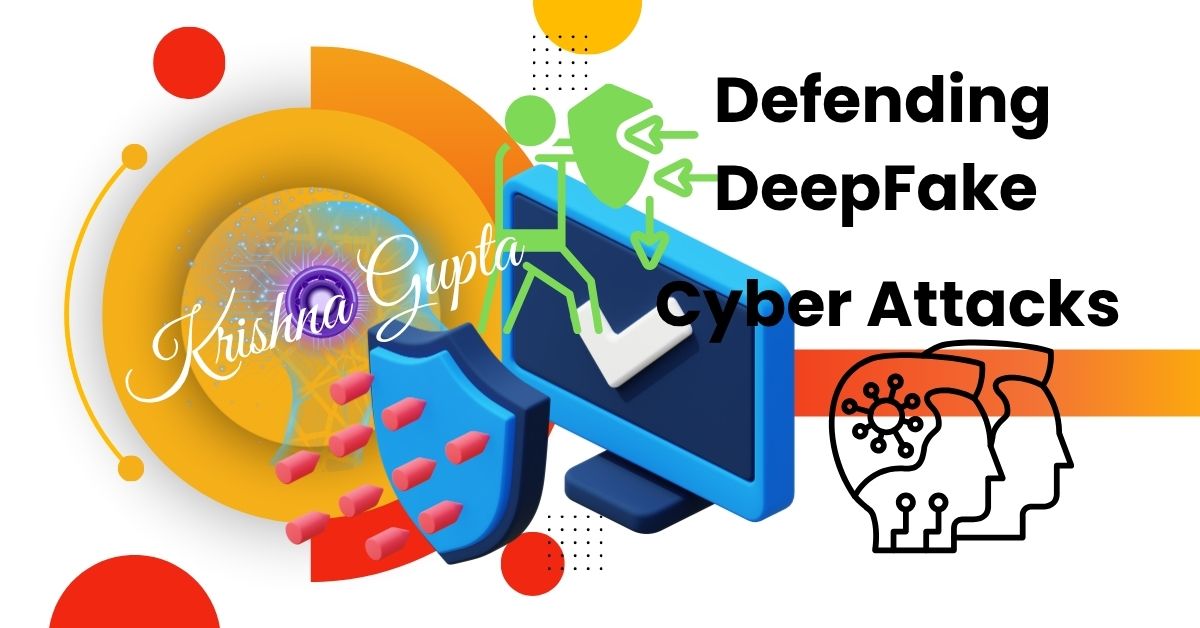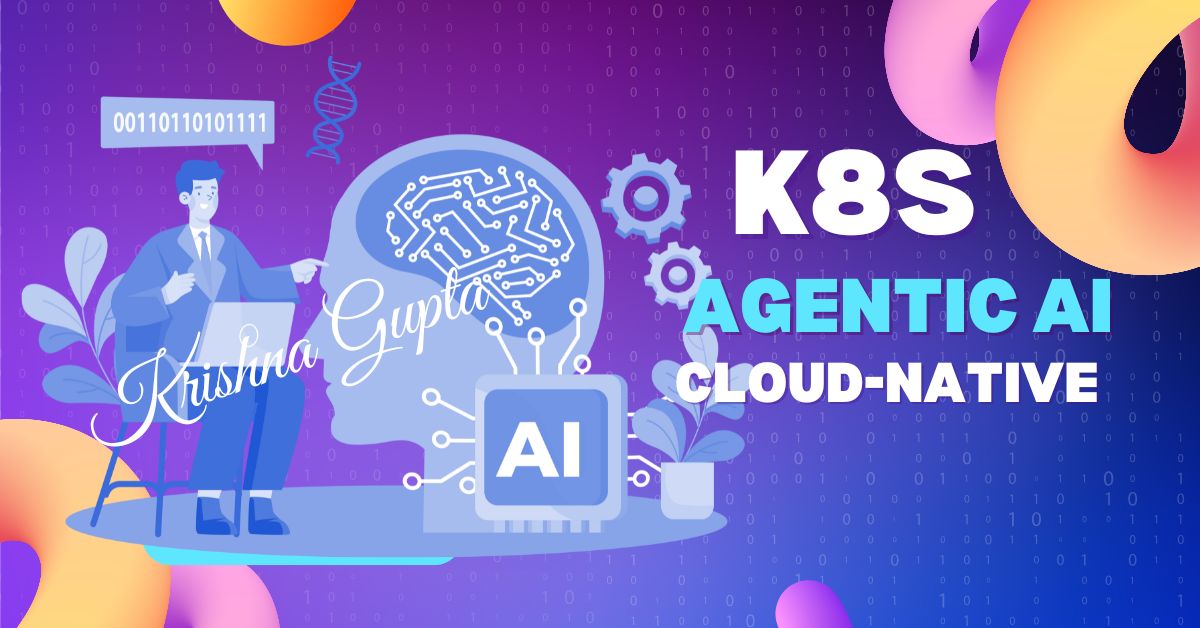Silent Sabotage on Local Networks: Understanding and Mitigating NBNS Spoofing Risks
NetBIOS (Network Basic Input/Output System) was developed in the 1980s to enable applications on different computers to communicate over local area networks (LANs). A component of this suite, NetBIOS Name Service (NBNS), assists in the name resolution process when traditional DNS mechanisms are either misconfigured or unavailable.




